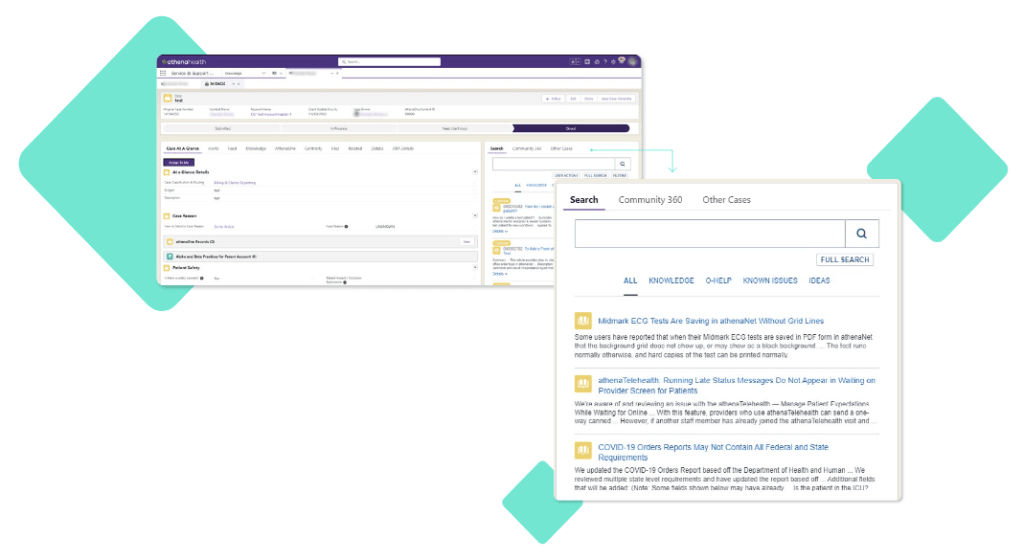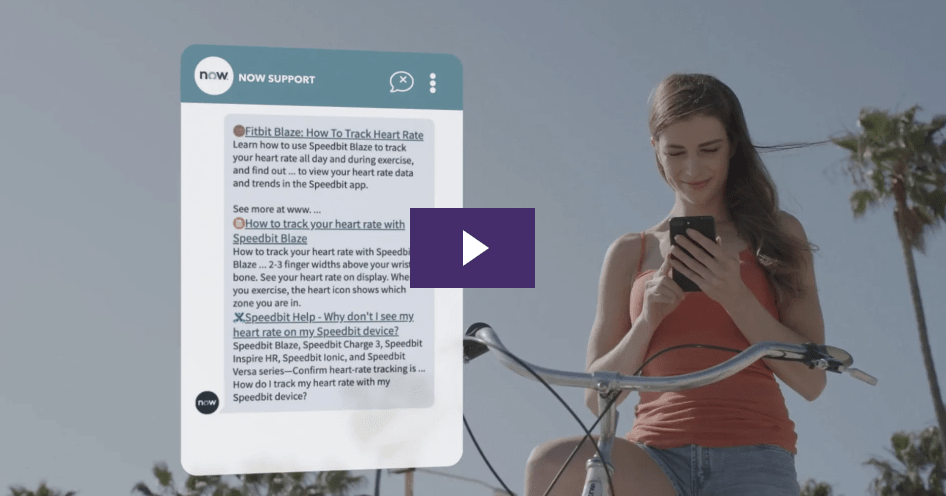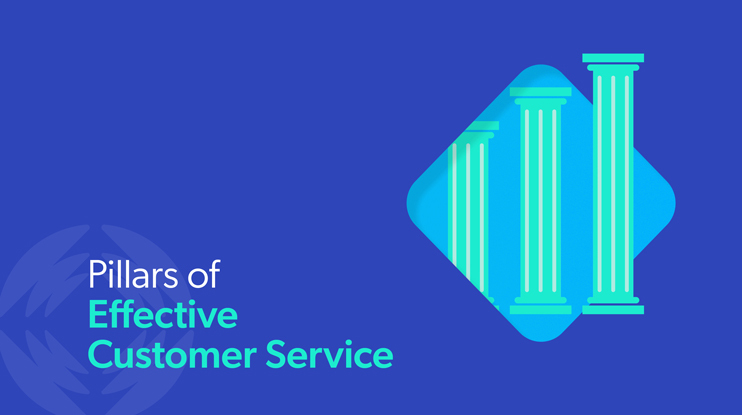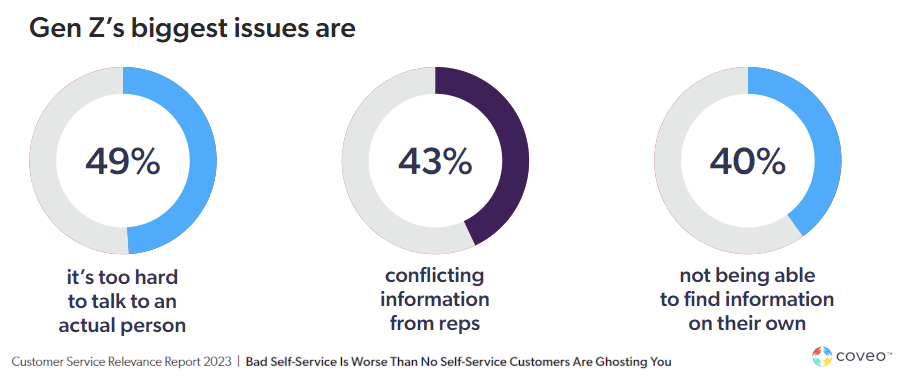1 billion dollars a year.
This is how much potential revenue could be lost to poor customer service, in the home and auto insurance sectors alone. For airlines, it’s another $833 million, and these are just two of dozens of industries that frequently interact with customers to help them solve their problems.
The effects of dissatisfaction with support from the contact center are clear, but what is the intervening variable? Why do customer service issues damage your net promoter score so strongly?
Why Is Customer Service So Important Today?
Because it shapes customer opinion about your brand. According to a recent Execs in the Know consumer study, 86% said the customer care experience is either “important” or “very important” in shaping their opinion of a brand, compared to just 52% in 2022.
As service has moved increasingly online, customer needs have evolved. A positive customer experience is equated with a high level of relevance, especially across channels. What does this mean? Customers expect to be recognized and understood, even on digital channels.
Customers across demographics expect to self-serve simple issues they can fix on their own, but they unfortunately often don’t find the relevance they expect — our own 2023 Customer Service Relevance Report uncovered that 40% of Gen Z, your upcoming customer demographic, said not being able to find information on their own was one of their biggest issues when it came to a digital customer experience.
Maintaining customer satisfaction through relevance is easier to achieve than you might think. In this blog post, we’ll explore the three pillars of customer service experience.
Keeping these in mind will ensure you deliver exceptional customer service at every stage of their journey.
The Three Pillars of Customer Service Strategy
- Persistence
- Personalization
- Intelligence
An excellent customer service strategy supported by these pillars of customer service embraces customer centricity. This strategy allows you not just to build customer relationships but more importantly – brand loyalty.
Pillar 1: Persistence
Interactions cannot be evaluated in isolation. Each customer interaction is a valuable part of the overall customer journey, helping you to understand them better. With this information, it’s far easier to reduce customer churn and determine how to provide them with what they need.
Expanding channel usage is actually a major obstacle preventing companies from embracing persistence. A multitude of options have come to include chat, online communities, and social media, as well as mobile enablement.
Customer data is captured in these disparate sources, but not shared between them. Organizations gain insights from customer feedback in one channel but lose those insights when the customers move to a different channel, especially when they call the customer service team.
When data is unified across all customer touchpoints, a customer service representative gets a better understanding of that unique customer’s issues and saves valuable time on the phone.
In addition, with a consistent content experience across channels, customers are better able to self-serve, and that can help build loyalty in the long term. For example, Tableau, a Coveo customer, has started to save around $18M per year by reducing customer service costs using case deflection.
Pillar 2: Personalization
Personalization is a must for an effective customer service strategy. Consumers are being asked to provide more information every day. This comes with the assumption that it will be used to build a great customer experience tailored to the individual.
Your loyal customers expect personalization to be more effective and applied across every channel. They want personalization to apply beyond sales as customers will become “increasingly resistant to providing information.”
Coveo’s AI-powered search and recommendations technology extend personalization to the support experience. After implementing this technology, Medallia found that Tier One agents could handle 34% more cases on their own.
With personalized customer support, cases are resolved quickly. This leads to happier customers, which results in higher customer retention.
Pillar 3: Intelligence.
There’s a secret ingredient in leading customer service experiences that many organizations have overlooked: artificial intelligence. Many companies and retailers are limiting AI to “trend analysis and customer segmentation” without realizing its potential to have a major impact on support experiences.
AI allows you to exceed an expectation by predicting what it will be before it even arises. One example is athenahealth, who saw a 75% increase in resolution discovery after implementing AI-powered insight panels in their support systems.

AI augments self-service by predicting agent expectations before they even realize they need it. Humans simply are not capable of this level of foresight.
And because AI with ML capabilities gets better over time, it reduces the amount of work you have to put into creating increasingly delightful customer experiences. It enhances an agent’s skillset and makes for a better working environment, too.
Ready to Up Your Service Game?
If your organization wants to keep agents on longer, have them grow in knowledge, and boost the company culture with one tool, AI may be just the thing. When set up with your company mission in mind, it can adapt to carryout your customer experience principles in even unprecedented scenarios.
Curious how AI can enhance your service offering? Check out our service product support pages for more details, or contact us to schedule a personalized demo for your unique digital experience.
Dig Deeper
Add Coveo AI to your customer service platform to deliver personalized experiences to every customer. Real-time personalization and recommendations for both your self-service portal and your agent contact center. Provide better service, faster, and boost your CSAT in the process!




